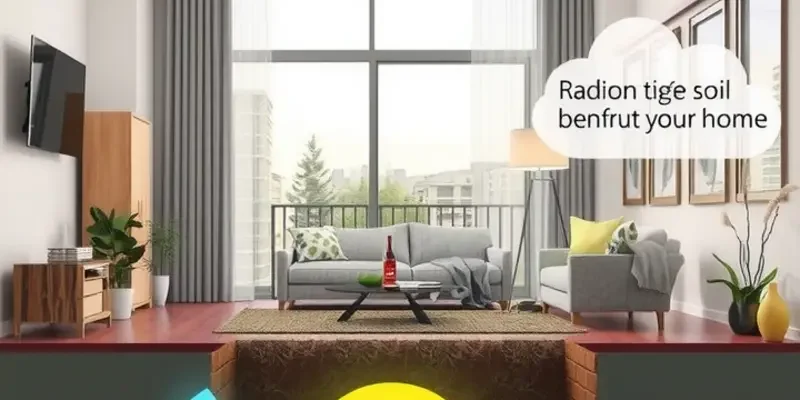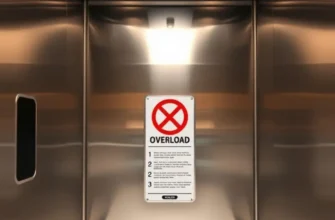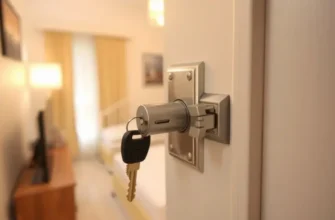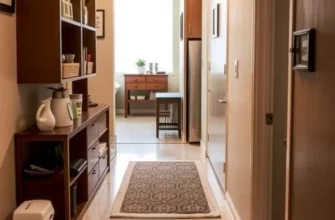As a renter, ensuring your living environment is safe can often feel daunting, especially with hidden hazards like radon. This naturally occurring gas, which can seep into homes from the ground, poses serious health risks when accumulated in high concentrations. Fortunately, understanding radon safety can empower you to take control of your apartment’s health. By being informed and proactive, you can prioritize safety and peace of mind in your rented space. The importance of addressing radon safety cannot be overstated; it’s essential for the well-being of you and your loved ones. This guide breaks down the best practices for testing and mitigating radon levels, ensuring affordable maintenance solutions while keeping your living space secure. Let’s explore actionable steps you can take to protect yourself against radon exposure in your apartment.
Understanding Radon: What Renters Need to Know
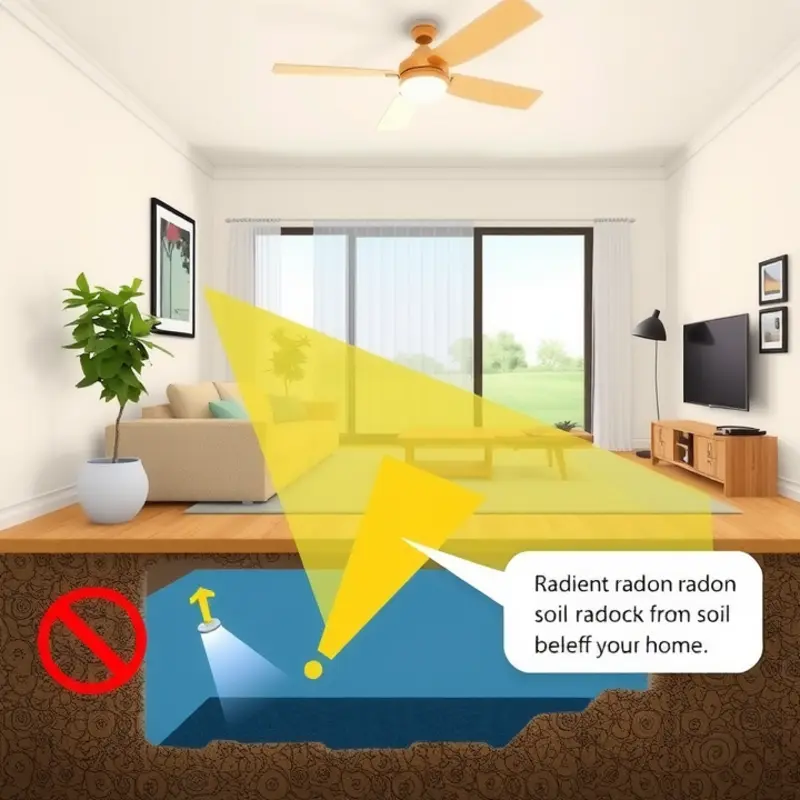
Radon is an invisible, odorless gas that naturally originates from the decay of uranium in soil and rocks. Its silent pervasiveness in many homes, including apartments, poses significant potential health risks. Understanding how radon infiltrates your living space and its implications is crucial for ensuring safety.
Radon enters buildings primarily through the ground. It seeps in through cracks in floors, walls, and foundations, and can also be present in the water supply. Even well-maintained apartments are not immune to radon accumulation. Construction materials and ventilation can also influence radon levels, making testing essential regardless of perceived air quality.
The primary health concern associated with radon is its link to lung cancer. According to the Environmental Protection Agency (EPA), radon is the second leading cause of lung cancer in the U.S., only behind smoking. For non-smokers, it is the leading cause. The risk is heightened for smokers exposed to radon, making regular testing even more critical.
Some may assume that because they rent, they needn’t worry about radon testing or mitigation. This is a misconception. Renters have as much at stake as property owners when it comes to the health implications of radon. In fact, understanding tenant rights and responsibilities can empower you to ensure your living environment is safe and healthy. For more on your rights as a tenant, consider reviewing tenant rights regarding property sales.
Testing your apartment for radon is a straightforward process. It involves using a test kit that can provide valuable information about the radon levels in your living space. If high levels are detected, landlords are often required by law to mitigate the issue, though this can vary by state. Thus, it’s vital for renters to be proactive, know their rights, and engage in open dialogue with their landlords.
A common myth is that only homes with basements are subject to increased radon levels. However, radon can permeate any living space, basement or not, due to its ability to infiltrate through tiny openings. Therefore, upper-level apartments and high-rises are not necessarily radon-free zones. It’s essential to recognize this widespread potential to ensure comprehensive safety.
By dispelling myths and gaining a solid understanding of radon, renters can be better prepared to face this invisible challenge. Remember, safety starts with knowledge and proactive measures, and testing for radon is a critical step in ensuring a healthier living environment.
Testing and Mitigating Radon in Your Apartment
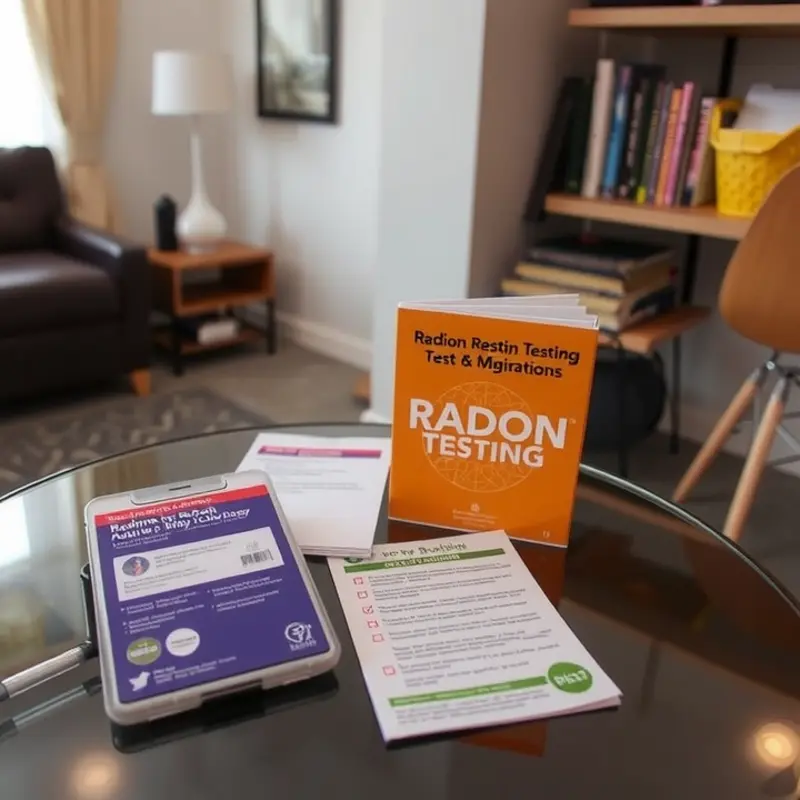
Testing for radon in your apartment is the first critical step in ensuring safety. Radon test kits are readily available and straightforward to use. You can obtain these kits from local hardware stores or online resources, often at an affordable price.
Once you have the test kit, it’s important to follow the instructions provided carefully. Typically, you’ll place the test kit in a living area or bedroom because these are spaces where you spend a lot of time. Keep the kit in place for the recommended period, usually a few days. After this, you’ll send it to a designated lab for analysis.
When you receive your results, any radon level measuring 4 picocuries per liter (pCi/L) or higher requires action. However, even levels between 2 and 4 pCi/L should not be ignored, as reducing these lower levels can still significantly decrease risks.
If elevated radon levels are detected, communication with your landlord is vital. Start by presenting the test results calmly and provide written documentation explaining the health risks posed by radon exposure. It is helpful to refer to guidelines from trusted organizations like the EPA, which may support your case.
Mitigating radon can involve several methods, depending on the severity of the issue and structural factors of the apartment. One simple step involves sealing cracks in floors and walls. This reduces radon’s entry into your living space. Use appropriate sealants designed for such purposes.
In some situations, more extensive measures—such as a soil suction radon reduction system—might be necessary. Such systems draw radon from below the building and expel it outside. Installing these requires professional expertise. Engage licensed radon mitigation professionals who can evaluate and implement appropriate solutions.
To address any immediate exposure concerns, you can utilize air purifiers designed to improve air quality. For more insights on selecting an effective air purifier, visit our apartment air purifier guide.
Navigating the topic of radon mitigation with landlords can be delicate, yet impactfully done by highlighting potential liability issues should radon levels remain unchecked. Additionally, some states require landlords to address radon problems legally. Understanding your rights as a tenant can strengthen your position. Collaborative decisions often foster a positive outcome in taking necessary safety measures.
Recognizing the threat radon poses and taking decisive steps to minimize exposure ensures not only compliance but, more importantly, the safety of you and your loved ones.
Final words
Addressing radon safety is not just a homeowner’s concern—it’s a critical issue for renters too. By understanding the importance of monitoring radon levels in your apartment, you can take proactive steps to protect your health and that of your family. Testing for radon is straightforward and can lead to effective mitigation solutions. Always remember, you have the right to a safe living environment, and communicating with your landlord is essential in making that a reality. Don’t hesitate to advocate for your safety. Empower yourself with knowledge, take preventive measures, and ensure your home is free from hidden hazards like radon. Your health is worth it.

